NASA Released 3D Moon Data Free For Everyone
Viswamitra Jayavant - Oct 15, 2019
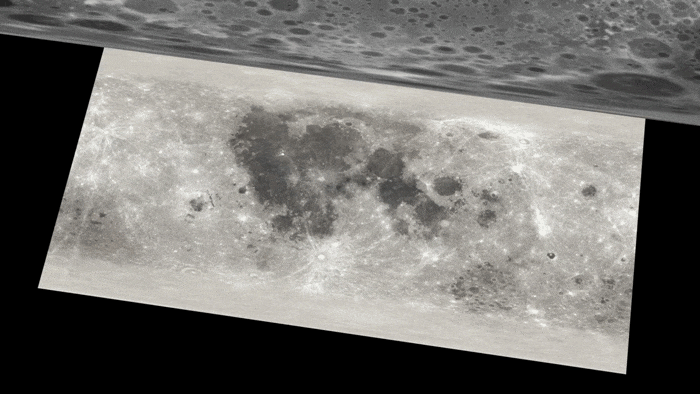
NASA has recently published a detailed data set about the Moon that can be used by 3D artists to render a true-to-life model of the Moon.
- The First Space Hotel In The World Will Welcome 400 Guests
- Startup Builds Vehicle With Soviets Tech To Collect Space Garbage
- Scientists Want To Send 6.7 Million Samples, Including Sperm, To The Moon
CGI Moon Kit
Just type in the word ‘Moon’ on Google and you’ll be entreated to about 2 billion different links and images about our only natural satellite. Such a vast database of information has proven itself to be incredibly useful to cinematographers, designers, and artists if they want to virtually render or create a 3D model of the Moon to make a movie or a video game, for example. NASA has recently made this process immeasurably easier by releasing an amazing new set of data about the Moon for creators including not only high-definition imageries but also depth data.
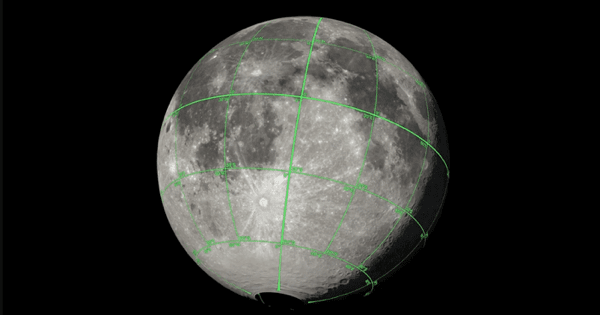
This new data set, called the CGI Moon Kit was published by NASA’s Goddard Space Flight Centre after Ernie Wright - a science visualizer - found out that the data he had previously gathered about the Moon for other purposes were becoming popular with 3D artists.
Lunar Reconnaissance Orbiter
The Photographic Map
Everyone’s got two scientific instruments mounted on the Lunar Reconnaissance Orbiter (LRO) to thank for the unprecedentedly detailed database. The LRO has been orbiting the Moon for about a decade since it was launched in 2009. In its ten-year operation in space, the orbiter had continuously taken pictures and measurements of the Moon.
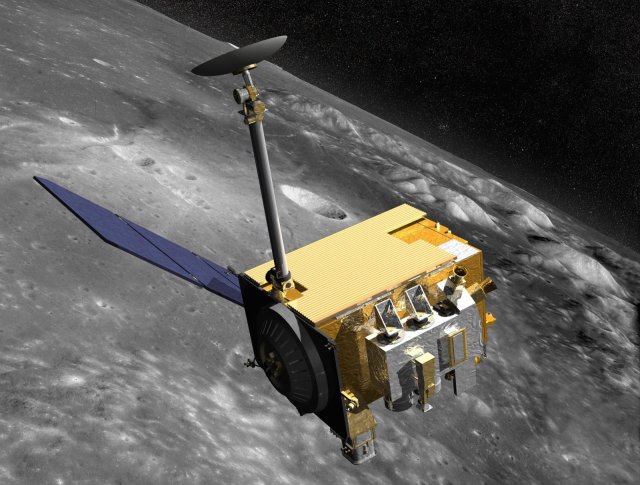
One instrument worth mentioning is the Lunar Reconnaissance Orbiter Camera (LROC) which is a multispectral imager. LRO has been using it to construct an extremely detailed map of the lunar surface for the last decade. To give you a sense of just how much information the camera has given us, up until now 70 to 100 terabytes worth of image data have been collected.
Though the camera can only capture a small portion of the lunar surface at a time, scientists had managed to capture almost the entirety of the light, visible side of the Moon as it works constantly and its orbit has shifted. However, there are some shaded parts on the surface that the probe couldn’t photograph even when it had passed over the region for thousands of times.
The Displacement Map
But according to researchers, having detailed photographs of the Moon was just one part. The other part is having accurate information about the Moon’s topography. In order to do this, researchers leveraged the Lunar Orbiter Laser Altimeter (LOLA) whose official job description is exactly that: Collecting information about the Moon’s topographical structure and geodesic grid, both of which are extremely valuable to the process of constructing the database.
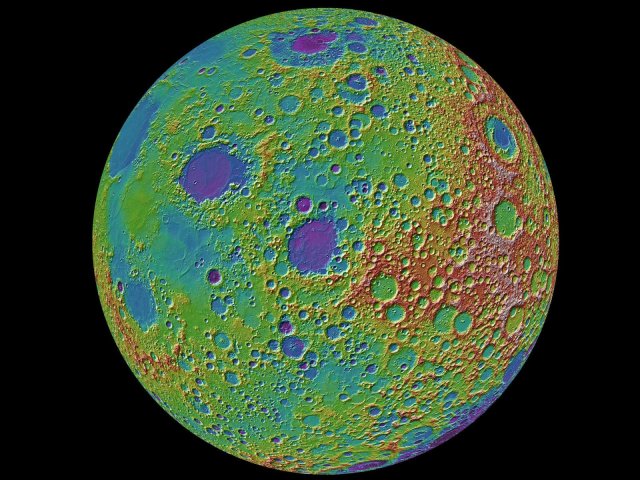
The method of operation of LOLA is rather simple. The instrument will send a pulsed laser heading for the surface and the instrument will calculate how long it takes for the beam it had just sent to return as well as the strength of the returning laser. A lot of useful information can be known as a result but the most important must definitely be how far away the surface was from the probe (Altitude). Furthermore, the composition of the surveyed ground could also be known (whether it’s solid, rocky ground or a soft, powdery regolith).
After all of the data had been filtered and aggregated, they were assembled into a displacement map. It’s quite similar to a topographic map but instead of the height in the map changing, the colour of the map changes. There are many versions of this map but the way you use this is pretty much the same from one version to another: You overlay the displacement map on top of the photographic map, you then distort the entire thing into the form of a sphere and voila, you have a topographic globe of the Moon.
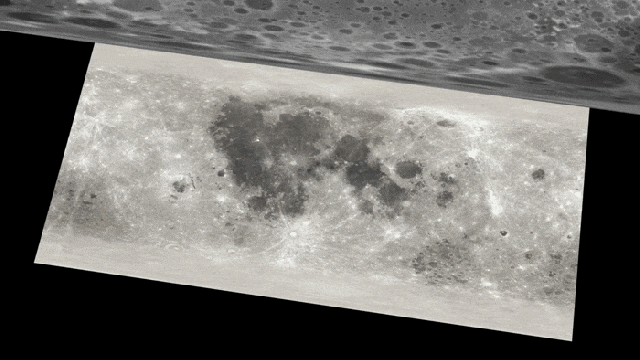
Endless Possibilities
The possibilities are endless: It would be amazing to be able to partake in a first-person shooter on the Moon or able to build a Moon colony with a detailed map and geography to the real thing. Artists will definitely wield the new data set to construct detailed rendering of the Moon like this in the future. We’ll just have to see how good they will be able to make it.
CGI Moon Kit is free to download for everyone and if you’re a 3D artist, there are a few options that you might find useful.
Featured Stories

Features - Jul 01, 2025
What Are The Fastest Passenger Vehicles Ever Created?

Features - Jun 25, 2025
Japan Hydrogen Breakthrough: Scientists Crack the Clean Energy Code with...

ICT News - Jun 25, 2025
AI Intimidation Tactics: CEOs Turn Flawed Technology Into Employee Fear Machine

Review - Jun 25, 2025
Windows 11 Problems: Is Microsoft's "Best" OS Actually Getting Worse?

Features - Jun 22, 2025
Telegram Founder Pavel Durov Plans to Split $14 Billion Fortune Among 106 Children

ICT News - Jun 22, 2025
Neuralink Telepathy Chip Enables Quadriplegic Rob Greiner to Control Games with...

Features - Jun 21, 2025
This Over $100 Bottle Has Nothing But Fresh Air Inside

Features - Jun 18, 2025
Best Mobile VPN Apps for Gaming 2025: Complete Guide

Features - Jun 18, 2025
A Math Formula Tells Us How Long Everything Will Live

Features - Jun 16, 2025
Comments
Sort by Newest | Popular